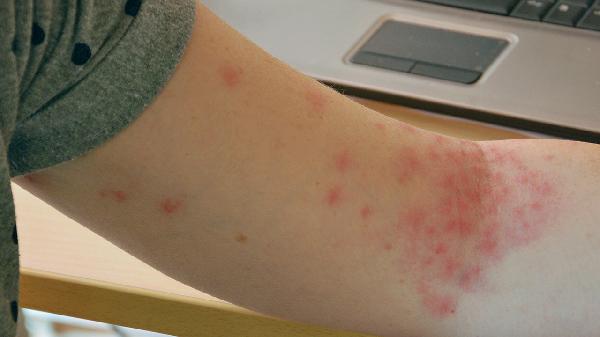Neurosyphilis is a disease caused by the infection of the nervous system by the spirochete Treponema pallidum (the syphilis bacterium), and it is classified into congenital and acquired syphilis. So, what are the symptoms of neurosyphilis?
The syphilis pathogen can invade the nervous system several months after infecting the body, but the majority of patients often do not exhibit signs of neurological damage until many years or even decades later. Common types of neurosyphilis include:
1. General Paresis
After the syphilis pathogen enters the central nervous system, there is an asymptomatic period ranging from 3 to 45 years, with an average of 15 years. Symptoms typically appear between the ages of 30 and 60, with the peak incidence occurring between 35 and 45 years of age. The disease has an insidious onset, often presenting initially with psychiatric symptoms, such as changes in personality, anxiety, irritability, or withdrawal, and a lack of grooming. Memory, calculation, and cognitive abilities progressively deteriorate, accompanied by disturbances in time and spatial orientation. Symptoms such as euphoria and delusions of grandeur are often prominent. As the psychiatric symptoms worsen, Argyll-Robertson pupils (small, irregular pupils that do not react to light but do respond to accommodation) may appear. Fine or coarse tremors affecting the face, lips, tongue, and limb muscles can lead to slurred speech, writing difficulties, and mobility issues. Additionally, ischemic strokes and epileptic seizures may occur. If the disease continues to progress, the outcome may be dementia, spastic paralysis, or a decorticate state.

2. Tabes Dorsalis
The lesions primarily affect the posterior columns and posterior roots of the spinal cord. Loss of deep sensation in the lower extremities can lead to a sensation of walking on cotton, sensory ataxia, a steppage gait, absent tendon reflexes, and overflow incontinence. Most patients exhibit Argyll-Robertson pupils and experience shooting pains in the limbs. Erectile dysfunction is common in male patients, and some may develop Charcot joints (swelling, painless, joint effusion, and hypermobility) and visceral crises (most commonly gastric crises, characterized by paroxysmal severe abdominal pain and persistent vomiting, which need to be differentiated from acute abdominal emergencies).
3. Meningovascular Syphilis
This form of syphilis may primarily affect the meninges or the cerebral blood vessels. When the meninges are primarily affected, it results in syphilitic meningitis, which can have an acute or insidious onset. Common symptoms include headache, vomiting, neck stiffness, positive meningeal signs, cranial nerve palsies, and epileptic seizures. Obstruction of cerebrospinal fluid circulation can lead to papilledema and increased intracranial pressure. Syphilitic arteritis can cause fusiform aneurysms and cerebral thrombosis.
4. Congenital Neurosyphilis
This is more common in early congenital syphilis patients who exhibit symptoms before the age of 4. Typical neurological manifestations include gummas and cerebral thrombosis.
























